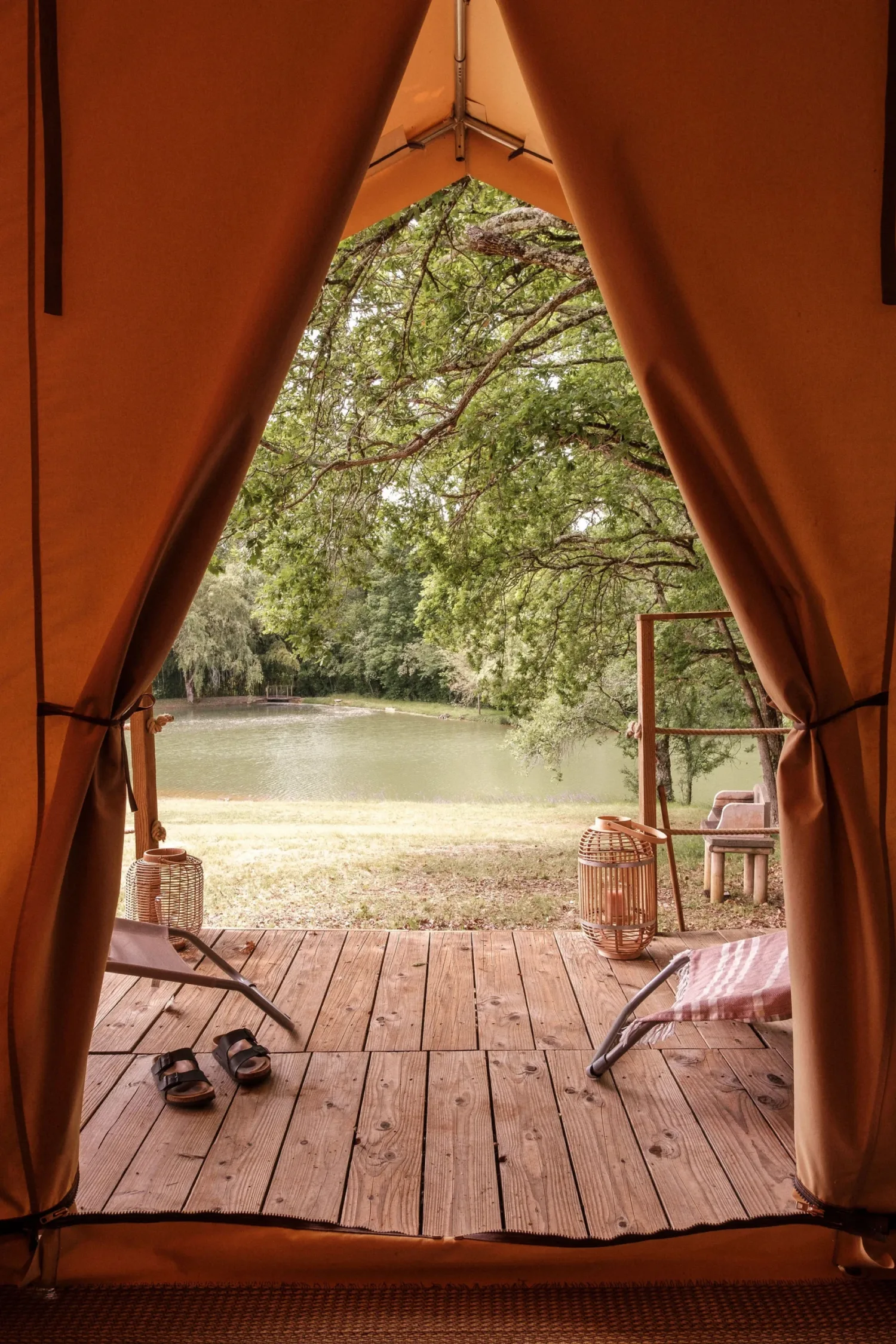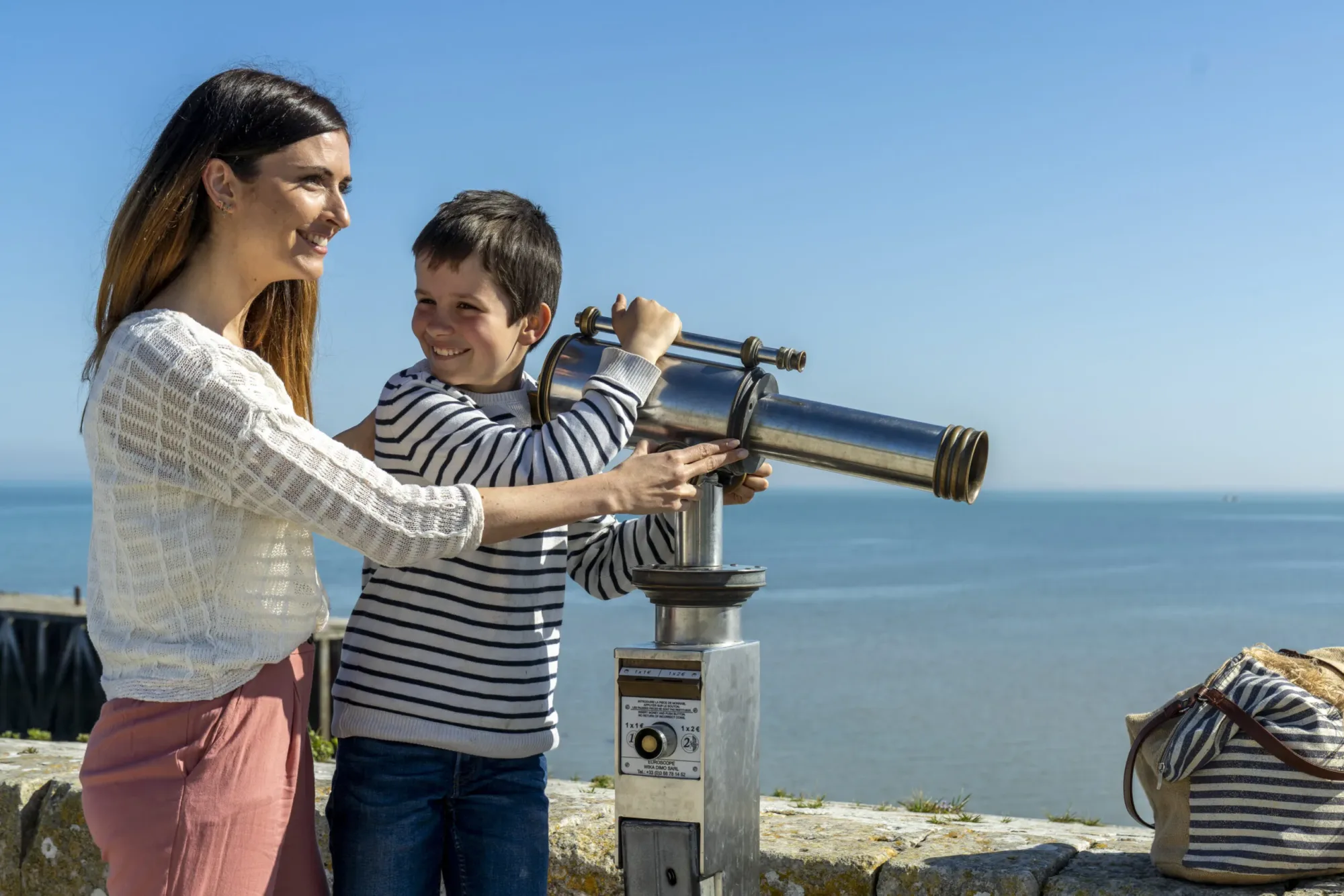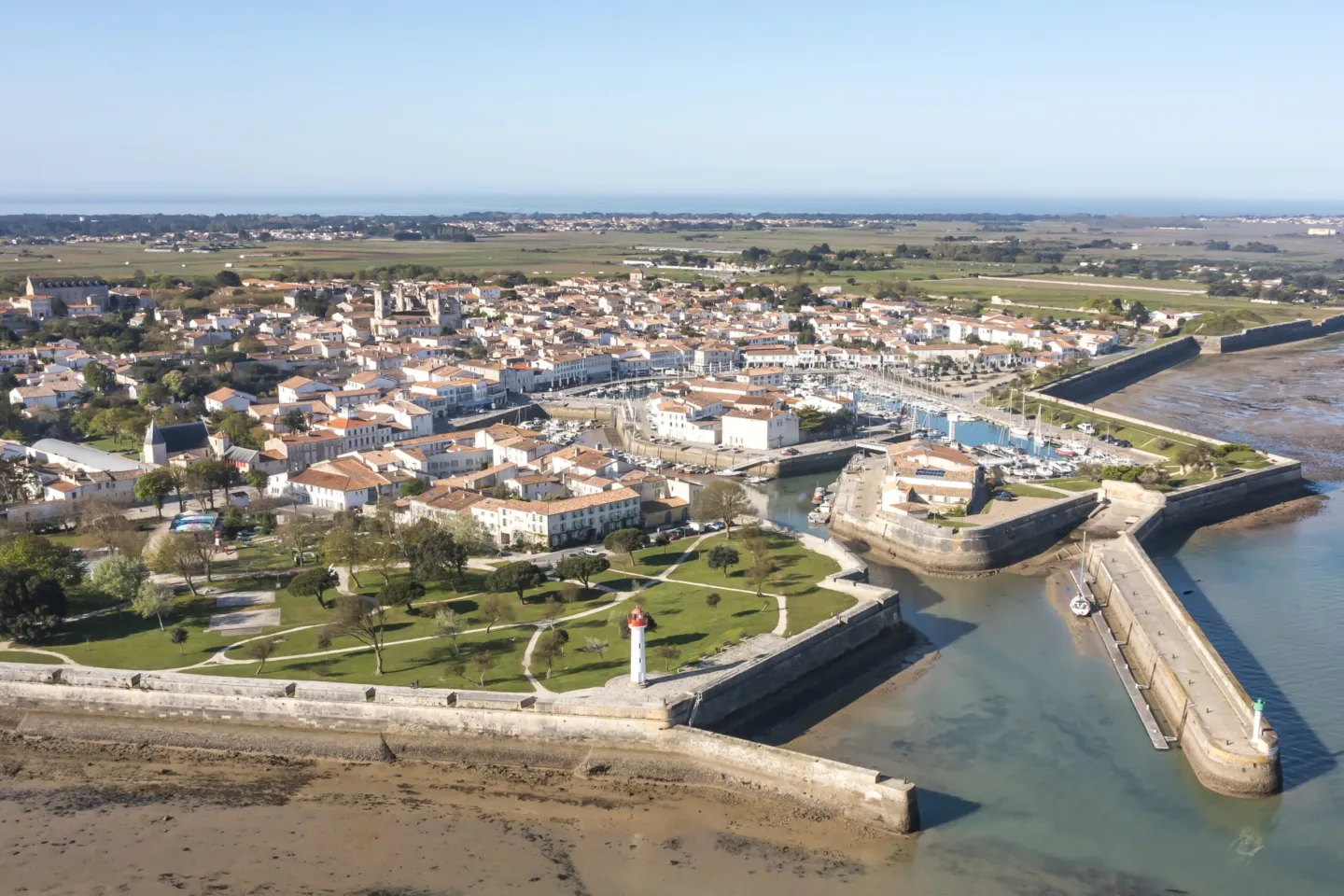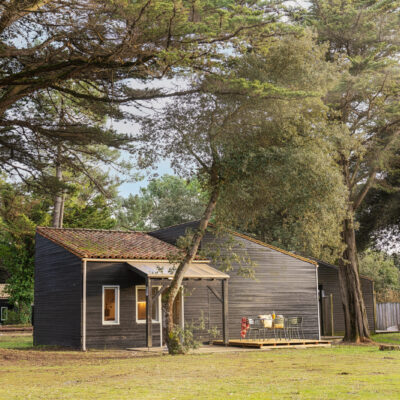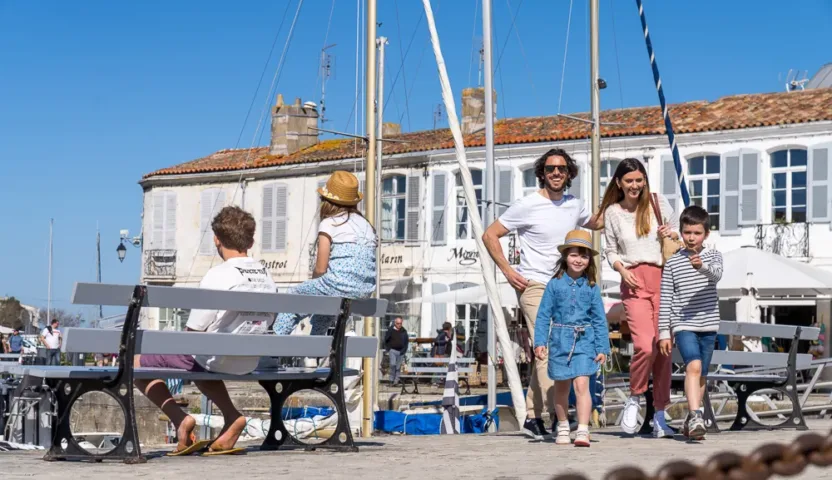Origins of Vauban's fortifications on the Ile de Ré
The jewel of the Île de Ré, the fortifications of Saint-Martin-de-Ré are the work of Vauban. Built under Louis XIV in 10 years, from 1681 to 1691, they bear the signature of the famous royal engineer, with their typical star-shaped architecture.
Unique for their exceptional size, the fortifications of Saint-Martin-de-Ré form a semicircle with a radius of over 1.5 km facing the Pertuis Breton, and represent 14 kilometers of ramparts. The stronghold was designed to shelter all the island's inhabitants in the event of an attack. Its strategic position in the north of the island protected Rochefort and La Rochelle from English attacks.
This UNESCO World Heritage site is remarkable for its preservation. Having lost its defensive vocation, the Vauban citadel has found new uses over the centuries and has never been abandoned. In the 19th century, it housed the prison where convicts were held before being shipped to New Caledonia and then French Guiana. Captain Dreyfus was notably imprisoned here. The citadel is still a prison today, and is the country's largest central prison. Its unique features are its listed infrastructures and its location at the heart of a renowned tourist area.
Visit the citadel of Saint-Martin-de-Ré
The Vauban citadel at Saint-Martin-de-Ré can be explored freely or discovered in greater depth thanks to fascinating guided tours. The entire urban enclosure and citadel have survived, despite some modifications to the fortifications during the Third Republic.
The tour of the ramparts offers magnificent ocean views across the Pertuis Breton to La Tranche-sur-Mer. An urban park also makes the site a pleasant place for families and visitors to stroll and enjoy. The walk leads from the small port of the citadel to the port of Saint-Martin in the town center. Several of the original buildings are still intact: the watchtowers, the underground passages of the various bastions, the chapel, the officers' pavilion near the citadel's entrance gate, a barracks and the arsenal. Part of the site is now occupied by the prison.
The three remarkable gates of the fortified town - the Porte de la Citadelle, the Porte des Campani to the west and the Porte de Toiras to the east - feature sculpted decorations bearing the effigy of the Sun King. Guided tours provide an opportunity to decipher these decorations and identify their various symbols, linked both to the monarchy and to the site's military vocation.


